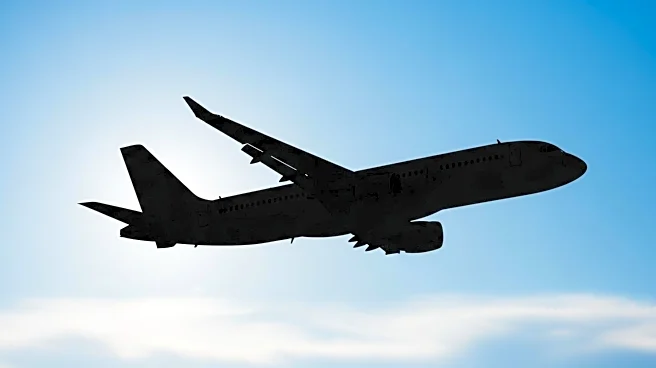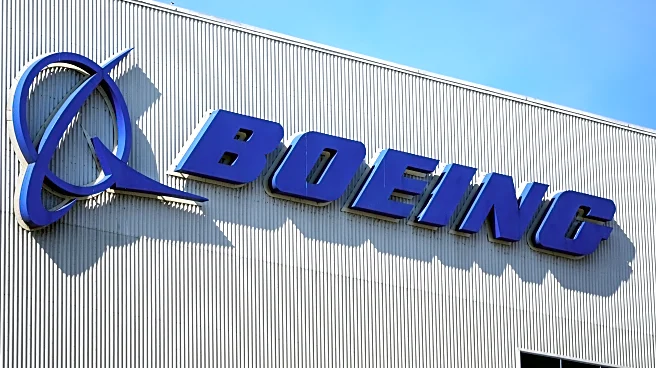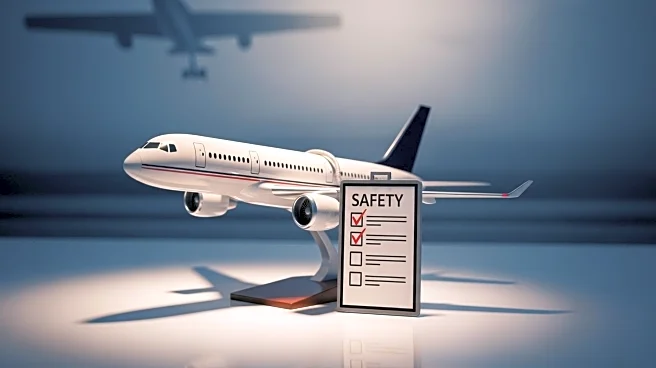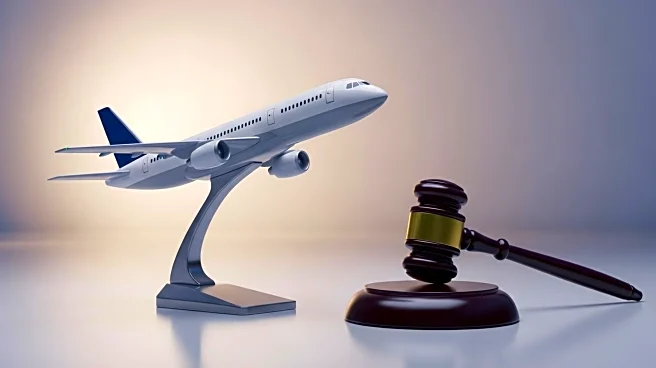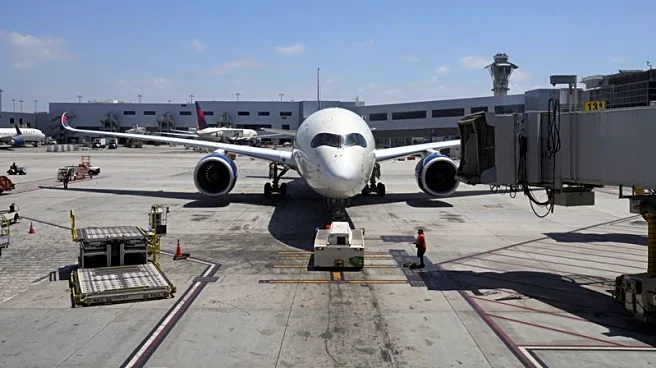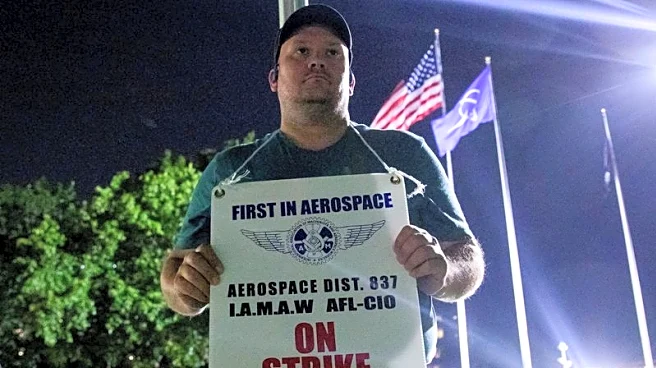What is the story about?
What's Happening?
The Federal Aviation Administration (FAA) has proposed a $3.1 million fine against Boeing due to safety violations that occurred between September 2023 and February 2024. These violations include an incident involving an Alaska Airlines Boeing 737 Max 9, where a door plug panel blew out mid-flight shortly after takeoff from Portland, Oregon, in January 2024. Despite the incident, the aircraft was safely landed, and no serious injuries were reported among the 171 passengers and six crew members. The FAA's investigation revealed numerous quality system violations at Boeing's 737 factory in Renton, Washington, and at Spirit AeroSystems' factory in Wichita, Kansas. Additionally, it was found that a Boeing employee pressured a member of Boeing's ODA unit to approve a 737 Max airplane that did not meet standards to maintain delivery schedules.
Why It's Important?
This development underscores ongoing concerns about Boeing's safety practices, particularly with the 737 Max model, which has been linked to previous fatal crashes. The FAA's action highlights the importance of stringent safety oversight in the aviation industry, which is crucial for maintaining public trust and ensuring passenger safety. Boeing's response to the proposed penalty, including its commitment to enhancing safety management and quality assurance, is critical for its reputation and operational integrity. The fines and findings may impact Boeing's business operations and could lead to increased scrutiny from regulators and stakeholders.
What's Next?
Boeing has 30 days to respond to the FAA's proposed civil penalty. The company has stated its intention to review the agency's findings and has emphasized its ongoing efforts to improve safety culture and accountability. The outcome of Boeing's response and any subsequent actions by the FAA could influence future regulatory measures and industry standards. Stakeholders, including airlines and passengers, will be closely monitoring Boeing's actions to ensure compliance and safety improvements.
Beyond the Headlines
The incident and subsequent investigation may lead to broader discussions about the effectiveness of current safety oversight mechanisms in the aviation industry. It raises questions about the balance between production pressures and safety standards, potentially prompting regulatory bodies to reassess their inspection and audit processes. The situation also highlights the ethical responsibilities of manufacturers in prioritizing safety over business objectives.
AI Generated Content
Do you find this article useful?
